Using Vinegar to Acidify Soil (Lower pH) for Blueberries

Use vinegar to acidify your soil (lower pH) for blueberries so that you can enjoy delicious fruit and beautiful foliage year after year!
Blueberries are one of the healthiest and most nutritious fruits that most home gardeners can grow. They are perennial, deciduous shrubs that offer pretty flowers in spring, delicious berries in summer, and great fall color. But they are pretty picky about their soil pH.

My family loves snacking on blueberries. We wait in anticipation when the weather starts to warm up and we walk to the blueberry patch every day or two to check on the progress.
We try to stay aware of fruit production here because we are in constant competition with the birds and squirrels when the fruit starts ripening. One day our berry bushes will be covered and the next day it will be completely devoid of any berries…but the birds and squirrels will be fat and happy.
Why does soil acidity matter?
Soil acidity matters because nutrients and living microorganisms that feed the plants are dependent on a specific pH range.
Most fruit and vegetable plants need a slightly acidic garden soil pH of about 5.8 to 6.5 to thrive. However, certain exceptions are made for acid-loving plants like blueberries, azaleas, and centipede grass. Individual needs vary from plant to plant.
Using vinegar to acidify soil for blueberries allows soil nutrients to be absorbed.
Fruit and vegetables need healthy, living soil full of microorganisms, bacteria, and fungi. Microorganisms thrive within a pH range of 5.8 to 6.5 and they convert nitrogen and other nutrients into a form that plants need. So you want to keep them happy and healthy.
Also, bacteria that decompose organic matter into humus do best within that slightly sour pH range.
Additionally, soil nutrients are most available for plants to absorb when soil is slightly acidic. The healthier the soil is, the healthier your plants will be!
When pH drops below 5.8, the availability of most macronutrients, including calcium, potassium, phosphorus, and magnesium, decreases. However, as the pH of soil drops, the availability of the metallic micronutrients zinc, manganese, copper, and iron increases.
When the pH drops below 5.5, the availability of manganese and aluminum increases to the point where they could become toxic to plants and the humans eating those plants! Aluminum toxicity is a major concern in acidic soils.

Blueberries that have a yellow tint with dark green veins on new plant growth in early spring usually means that the soil is too alkaline.
This particular blueberry plant is showing signs of iron deficiency (iron chlorosis) because the nutrient is tied up in the soil.
This is a rabbiteye variety and rabbiteye blueberries are known as being very adaptable to soil pH fluctuations up to 6.0. But these leaves show signs of stress that tell me that the soil pH is even higher than that and I need to do a soil test and start bringing the soil’s acidity down.
What is the fastest way to acidify soil for blueberries?
New Blueberry Bushes
The fastest way to acidify soil for new blueberry bushes is to add moistened peat moss or another acidic amendment directly to the planting hole when you plant new blueberry bushes.
We have a wonderful nursery about an hour from where we live that sells anything your heart desires. And we buy all our fruit bushes and trees from them.
When we bought a dozen blueberry bushes years ago before we moved to the farm, the expert PhD owner told us to fill the large planting hole with a mixture of peat moss and compost to get the blueberries off to a good start. That’s great advice for anyone who wants to plant new blueberries!
Established Blueberry Bushes
The fastest way to acidify soil for established blueberry bushes is to pour diluted vinegar or citric acid solutions around the base of the plants.
Household vinegar is between 4% to 6% acetic acid in water.
As members of the Rhododendron family, blueberries require an acidic (low pH) soil, preferably in the 4.5 to 5.2 pH range. Iron chlorosis often happens when the soil has high pH levels above 5.5. Likewise, when the pH of your soil drops below 4.5, the possibility of manganese toxicity increases.
Take a soil sample before planting blueberries.
I wrote a post on Laboratory Soil Testing and Resources for Gardeners that can help you take a soil sample, send it off to your local lab, and show you how to read the soil sample results.
What is the best soil acidifier for blueberries?
The best soil acidifier for blueberries depends on your gardening ideology.
If you prefer organic gardening like me, you’ll likely want to stick with organic soil amendments like vinegar, peat moss, pine needles, oak leaves, wood shavings, sawdust, and coffee grounds.
How do you make soil acidic for blueberries?
Use vinegar to acidify soil for blueberries.
Dilute equal parts vinegar and water and pour around the base of your plants to make soil more acidic for blueberries.
This is a very popular gardening trick and one that I was taught when we first moved to Alabama. I mixed one gallon of vinegar with one gallon of water and poured the vinegar solution around the base of my blueberry shrubs.
Diluted vinegar isn’t as long-lasting as acidic organic matter but it can help if you need something fast-acting. If you have sandy soil, it won’t stay acidic for long. The more organic matter you have in your soil, the longer your soil will hold on to the added acidity.
Try drizzling diluted vinegar around the base of your plants once a month and be sure to test your soil pH in between applications.
Test your soil pH so you know if it’s acidic or alkaline.
You can use an electronic soil tester from the convenience of your home. The probe is inserted into moistened soil and the electronic soil test meter detects if the soil is more negatively charged (alkaline soil pH) or positively charged (acidic soil pH).
I like this because it’s not messy, it can be used for years, it’s quick, and it’s cheap!
You can also use a chemical soil test from the convenience of your home. Following package instructions, you take a soil sample, mix the soil altogether, and measure eight tablespoons of soil into a cup with eight tablespoons of water.
After waiting for 30 seconds, you dip the pH test strip into the water and see what color it changes to. The bottle shows different colors for different pH levels.
I like this method because there are so many pH test strips and it’s cheap! If your electronic soil tester breaks, it’s good to have a backup that won’t break.
You can find various high-strength agricultural vinegars for sale primarily for the purpose of killing weeds. But over-the-counter vinegar with 5% acidity (or homemade vinegar) diluted with water 50/50 can give your soil an acidic boost.
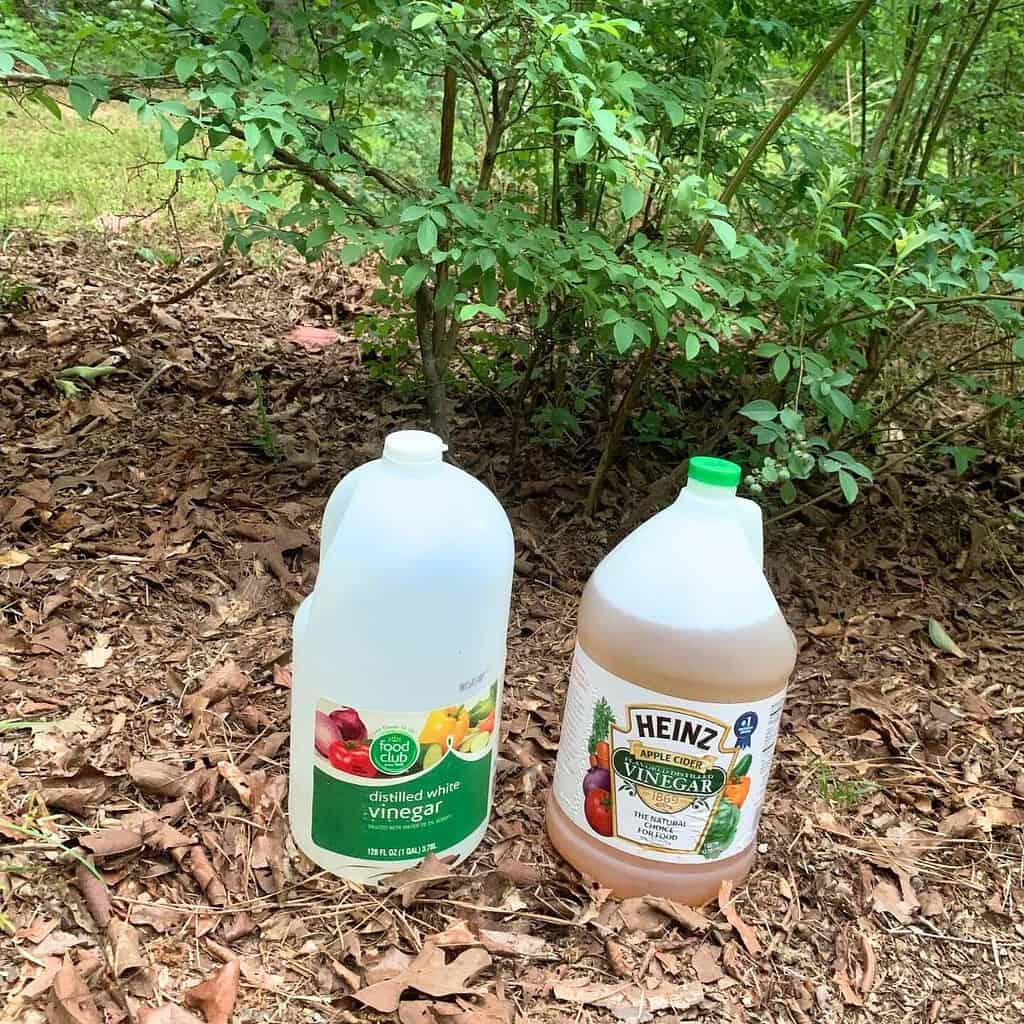
My preference is to use apple cider vinegar or distilled white vinegar purchased from the grocery store because it’s usually very cheap. I reserve my homemade apple scrap vinegar and my homemade orange scrap vinegar for our household use and to give Belle (our dairy cow) for her good health.
When soil acidity isn’t maintained, nutrients can’t be absorbed and the plants develop chlorosis.
You can use acidic organic matter to make soil more acidic for blueberries.
The best way to make soil more acidic is by spreading long-lasting acidic pine needles, peat moss, oak leaves, leaf mold, wood shavings, or sawdust in the fall. Aim for a one- to two-inch layer. Then work it lightly into the soil being careful not to disturb the shallow blueberry roots.
I like these acidic materials best because they’re widely available and some are free…plus they’re organic.
Some naysayers claim that pine needles don’t change soil pH. I point to authors like Rosalind Creasy and Edward C. Smith (who have decades of gardening experience) along with various agricultural extension offices that say pine needles do reduce soil pH.
You can use chemicals to make soil more acidic for blueberries.
You can lower soil pH by adding granular sulfur, aluminum sulfate, or by fertilizing with acidic fertilizers over several years making sure to follow package instructions.
With the addition of elemental sulfur, soil bacteria oxidize the sulfur to sulfate. This action creates sulfuric acid and lowers the soil pH levels.
Whatever soil amendment you choose, it’s a good idea to work them into the soil. In several months they will start changing the pH of the soil.
Helpful tips for growing blueberries.
Selecting varieties and planting tips.
- One of the most important growing requirements of blueberries is their need for cross-pollination to set fruit. Some varieties are self-fertile but most blueberries need at least one other variety to cross-pollinate with.
- Rabbiteye blueberries are native to the Southeast and have their own special pollinators. The carpenter bee and blueberry bee almost exclusively forage in blueberry flowers during bloom time. Honey bees are usually not as efficient in pollinating but certain other solitary bees are very effective.
- By selecting several varieties, you can spread out the length of your harvest time. Blueberries do not ripen all at once in most situations. One variety may have berries that mature over a 4- to 6-week period. Plant early season, mid season, and late season cultivars to spread out your harvest.
- If you want your blueberry bushes to produce a lot of fruit, select a site that is in full sun with well-aerated, well-drained soil high in organic matter.
- The best time to plant blueberries is in fall and winter.
- Plant blueberries at the same depth they were grown in their containers. Do not pile soil up around the base of the bush.
- When planting an individual plant, make the hole at least twice as wide as the root ball or container.
Pruning tips.
- Don’t prune your blueberry bushes in their first three years unless you’re removing broken or weak branches. Blueberries form on new, smooth wood in spring.
- In Zones 3 and 4, lightly prune highbush varieties by removing the oldest and weakest branches.
- In Zones 5 through 7, prune highbush and rabbiteye varieties in late winter. Remove the woody branches near the center to open it up for better air movement.
- In Zones 8 through 10, prune highbush varieties after fruiting. Alternate pruning lowbush varieties almost to the ground every few years. That way you still have some fruit the following spring from your unpruned bushes.
This post contains affiliate links. As an Amazon Associate I earn from qualifying purchases. That means I make a small commission at no cost to you if you place a qualifying purchase through any of the links. Read my full disclosure here. Thanks for your support!
Shop This Post!
Other Related Posts
How to Trellis Tomatoes Using the Florida Weave
Signs of Acidic Soil (Low pH) and How to Make it Alkaline
Laboratory Soil Testing and Resources for Gardeners
Gardening: Is Clay Soil Acidic (Low pH)?
How Much Worm Castings Should You Add to Soil?
Pin “Using Vinegar to Acidify Soil for Blueberries” for Later!


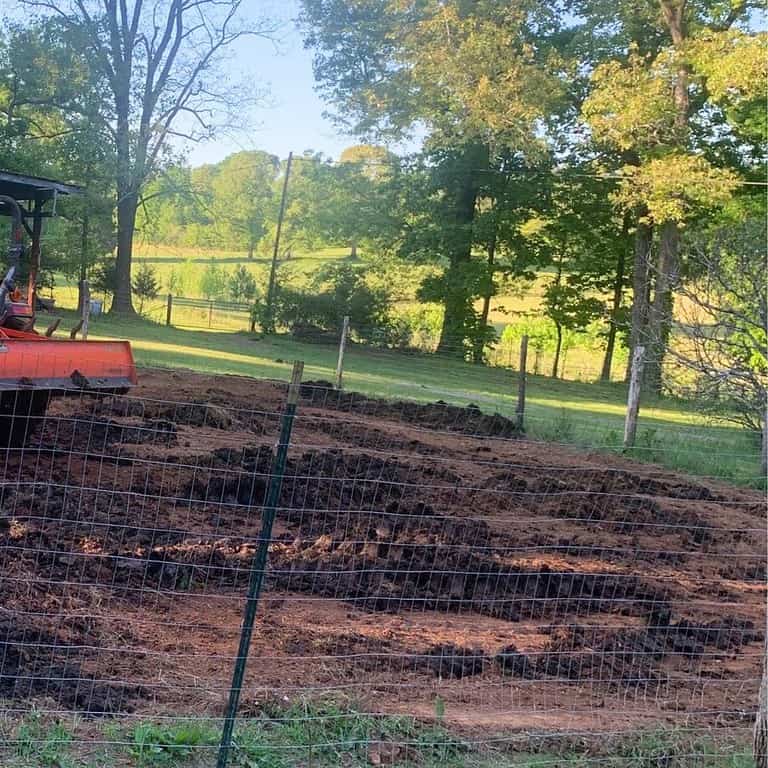
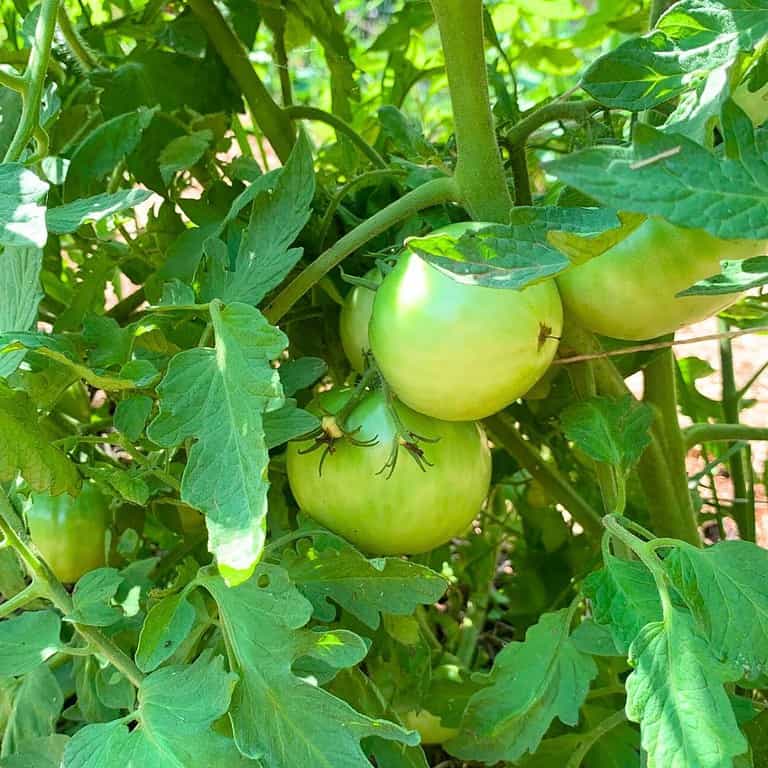
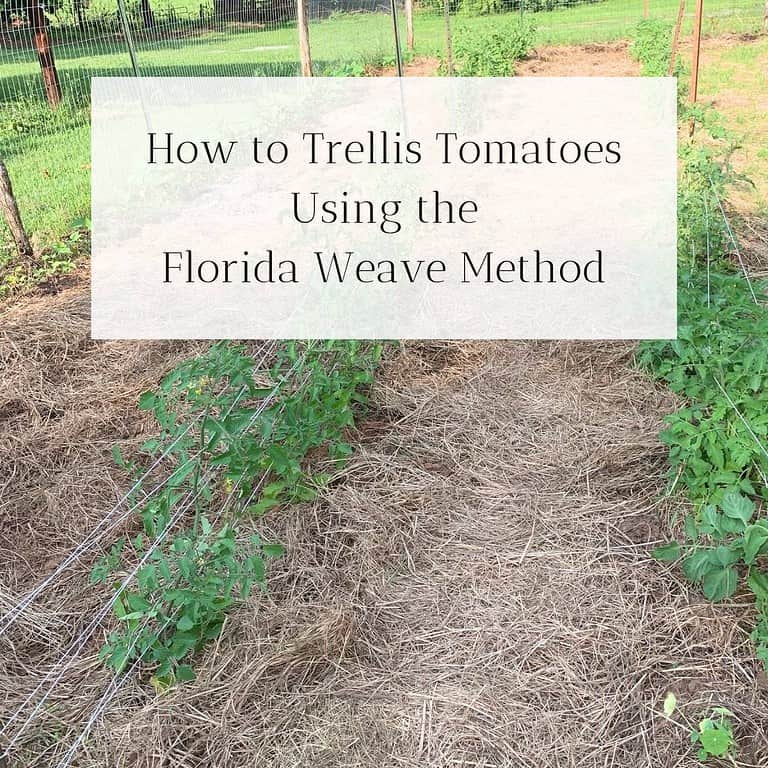

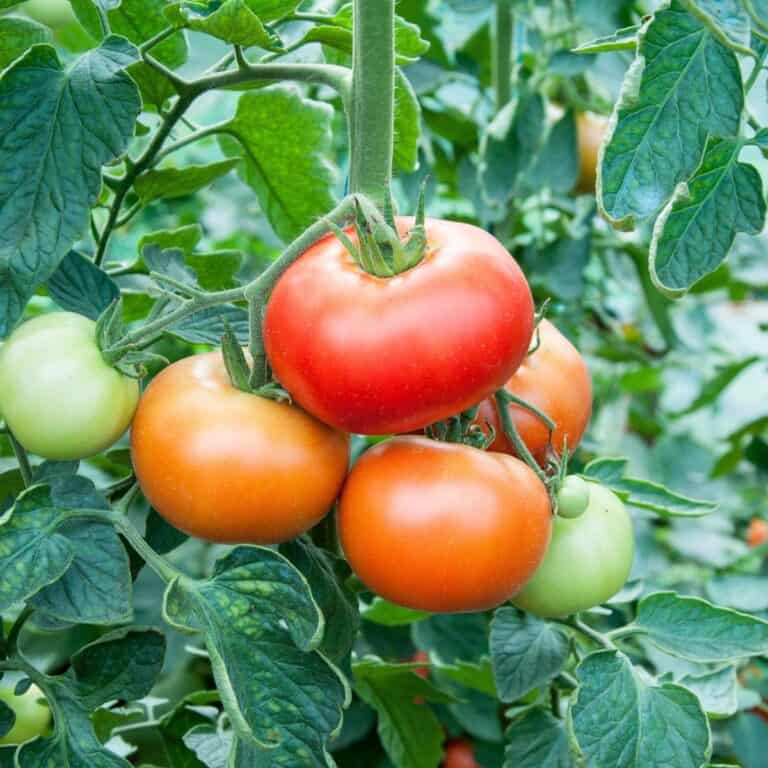

Great information! I’m looking to add blueberries to my garden this next year, so this is super helpful! 🙂
This is a great tip! I had no idea! Thank you for sharing 🙂
Your posts always give me new things to think about when gardening. Thanks for the helpful info!
Interesting post & very detailed! Great tips! Thank you for sharing!